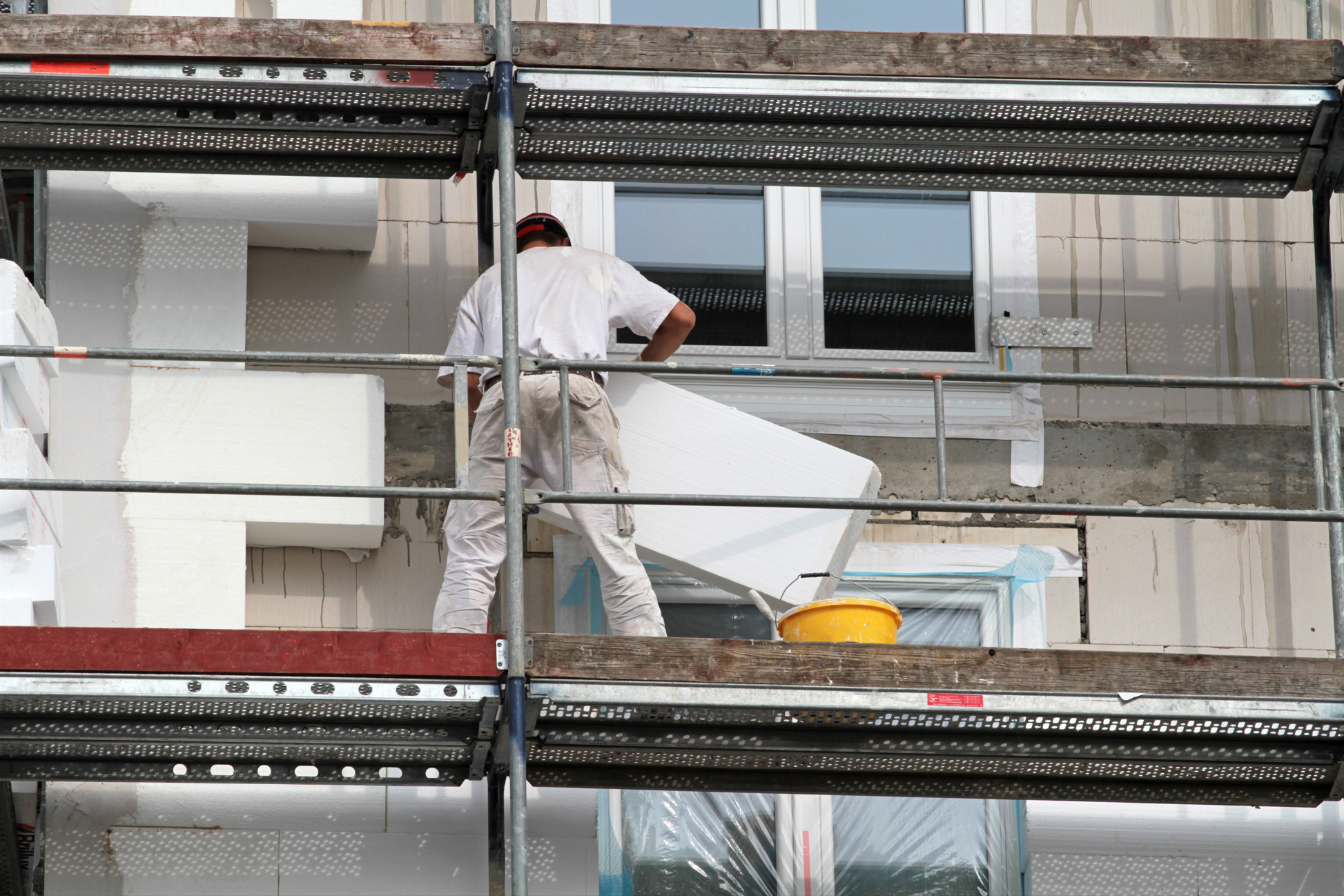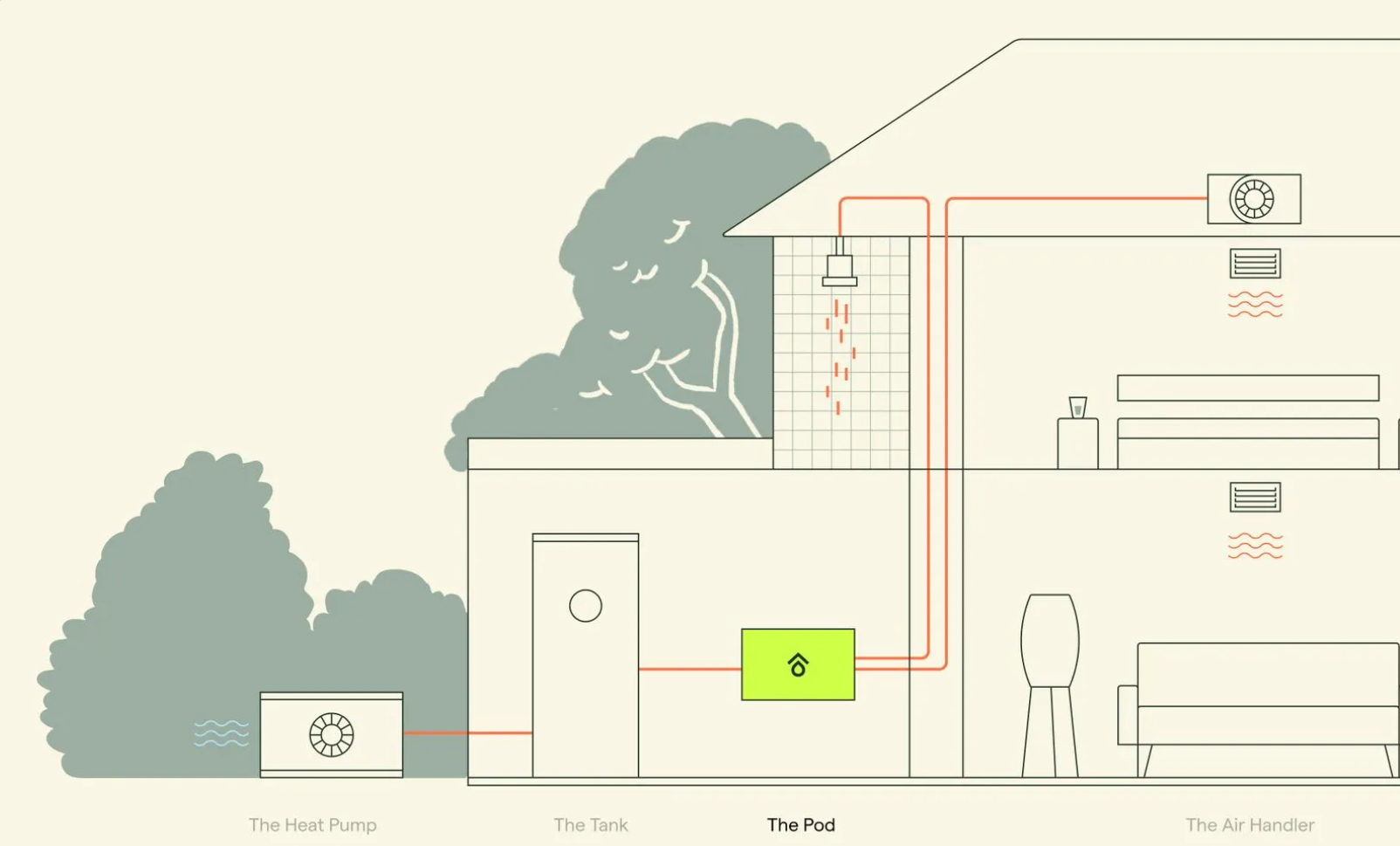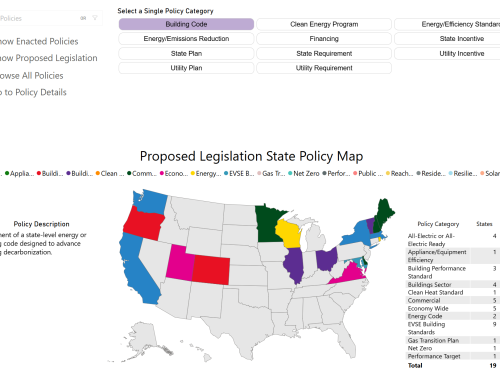
Note: This digest is not intended to be an exhaustive list of new building decarbonization solutions. These are illustrative examples of some exciting new solutions in the market. Atlas Buildings Hub is not sponsored by and does not endorse any of these products (although we do endorse building decarbonization generally).
Slowly but surely, the past decade has seen new building decarbonization and electrification technologies edge their way into residential and commercial markets. Since 2012, air source heat pumps have gained dominance in the heating technology market to rise from 43 percent of appliance shipments in North America to 58 percent as of August 2024. Central air source heat pumps have gained on air conditioners, although they have not overtaken them quite yet, rising from 30 percent market share in 2012 to 42 percent in August 2024.
Other technologies like mini-split, geothermal, and cold climate air source heat pumps have also entered the public consciousness, and the private sector is continuing to innovate. Novel heat pump and weatherization technologies are emerging, many aimed at reducing electrification’s strain on grids nationwide.
One weatherization technology comes out of Hydronic Shell Technologies, who is aiming to scale up the market for net-zero, repeatable weatherization retrofits. The Hydronic Shell is comprised of a series of building facade-integrated panels that snap together to air seal a building. The shell pieces are insulated with HVAC components integrated in their design, which can be connected to central heat pumps on window units (Figure 1).
Figure 1: Hydronic Shell Diagram

Source: Hydronic Shell Technologies
Hydronic Shell’s target building demographic is older multifamily buildings. These buildings tend to be less energy efficient than average, given the fact that they were built to less stringent building codes and are currently generally less well-maintained. Further, decarbonization efforts are more difficult to coordinate in large multifamily buildings with many separate tenants. The lengthy construction periods required to newly insulate an entire large building is also a detractor.
Proper weatherization is a necessary precursor to other decarbonization and electrification efforts. Installing a heat pump is wonderful, but relying on it to run more frequently while heat constantly leaks, due to inefficient insulation or other weatherization issues, requires greater energy expenditure to make a space temperate. As a result, the external installation of these panels combined with eventual pocketbook savings from preventing heat loss and the ability to integrate with other decarbonization technologies make the shell useful, particularly in urban environments.
Another solution is to combine a heat pump with other technologies to improve system efficiency. One example of this is Harvest’s four-part heat pump, energy storage, and energy management system (Figure 2). Harvest’s system touts a 90 percent cut in residential space heating emissions compared to gas furnaces and a 40 percent reduction compared to heat pumps without energy storage.
Figure 2: Harvest’s Heat Pump and Energy Management System

Source: Harvest | Pod segment is highlighted.
These emissions reductions are garnered on multiple fronts. Firstly, the efficiency of the heat pump; second, the insulated water tank acting as an energy and water storage repository; then, the Pod, modulating energy and water use as well as generating heat when electricity prices are cheapest; and finally, the air handler, which pulls air across hydronic coils that the heated water is run through to create hot air that can be circulated through a home.
Pairing space and water heating also increases the efficiency of energy usage in the home as a whole. Moreover, the Pod as an energy management system both increases system efficiency while providing cost savings for homeowners.
Finally, developments are being made to expand the applicability of geothermal or ground-source heat pumps, the most energy efficient type of heat pump technology. No matter where you live, temperatures are relatively stable deep enough underground. As a result, geothermal heat pumps provide reliable heating units and rates for every bit of electricity they expend. However, geothermal heat pumps require a large plot of land to be unearthed and take a not inconsiderable amount of capital, time, and labor costs. A recent project from Bedrock Energy, completed in April 2024 on a 16-acre, mixed-use property in Austin, Texas, made use of automated bore hole drilling and more advanced subsurface modeling. According to the company, those advancements decreased the amount of space needed to bore holes while increasing subsurface accuracy and tripling drilling speed, shortening project timelines.
The building decarbonization market is seeing no shortage of innovation. As building decarbonization becomes more pertinent, prescient technological developments will make the buildings technology market stronger and more appealing to consumers hopping on the building decarbonization bandwagon.



